As a central SOE focusing on energy conservation, emission reduction, and environmental protection, CECEP leverages its advantages in photovoltaic technologies to control desertification and recover ecological environment.
CECEP Horgos Photovoltaic Power Station is located on the edge of the Tukai Desert. The environment around the power station is quite harsh because of the heavy sandstorm and little vegetation. To improve the condition, the staff of the power station has been carrying out desertification control measures since 2015. They use wheat straw to build grid-shaped sand barriers in the desert to help fix sand.
The CECEP Horgos Photovoltaic Power Station in Xinjiang Uygur Autonomous Region.
The Dalate Photovoltaic Power Station of CECEP is located in the center of the Kubuqi Desert, China’s seventh largest desert, with an installed capacity of 100 megawatts. Through the development model of “PV + ecology + agriculture and forestry”, the power station coordinates and promotes the development of multi-industry integration of clean energy economy, desert ecological management, and organic agriculture in the desert. The station has made great contribution to optimizing regional energy structure, improving local environment, and realizing high-quality development of the local economy.

CECEP Aksu Shuqimeng and Rongchuang photovoltaic power stations are located in the West Industrial Park of Aksu City on the edge of the Taklimakan Desert, the second largest desert in the world. The power stations have actively implemented greening projects since 2018. After two years, the place where the two power stations are located has turned into a glittering oasis shining in the desert.
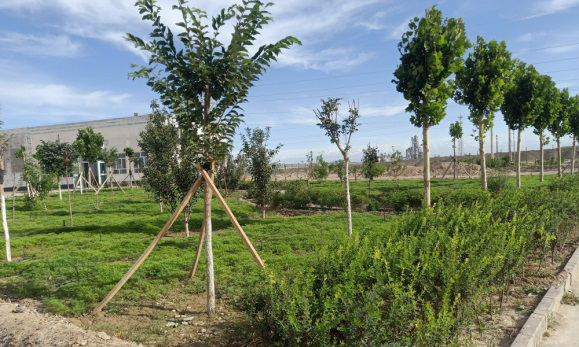
The CECEP Minqin Power Station is located between the Tengger Desert and the Badain Jaran Desert. After the completion of the power station, local area’s vegetation coverage rate increased from 5 percent to about 70 percent, which effectively improved the surrounding ecological environment and contributed to the recovery of the Minqin Oasis.
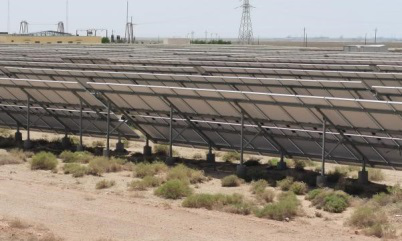
From July 2017 to December 2019, CECEP China Geo-engineering Corporation carried out hydrogeological and geological surveys in the Ulungur River Basin in Xinjiang. The basin suffers broken ecological balance and severe desertification. Scientists of the company adopted a variety of exploration methods such as remote sensing, ground survey, geophysical prospecting, drilling, mountain engineering methods as well as rock and soil testing. They have ascertained the types, distribution, scale, formation conditions and causes of environmental geological problems brought about by groundwater extraction or human activities in the area. The survey results offered hydrogeological reference for the socio-economic construction and ecological environment protection of the Ulungur River Basin, and provided scientific plans for controlling desertification.
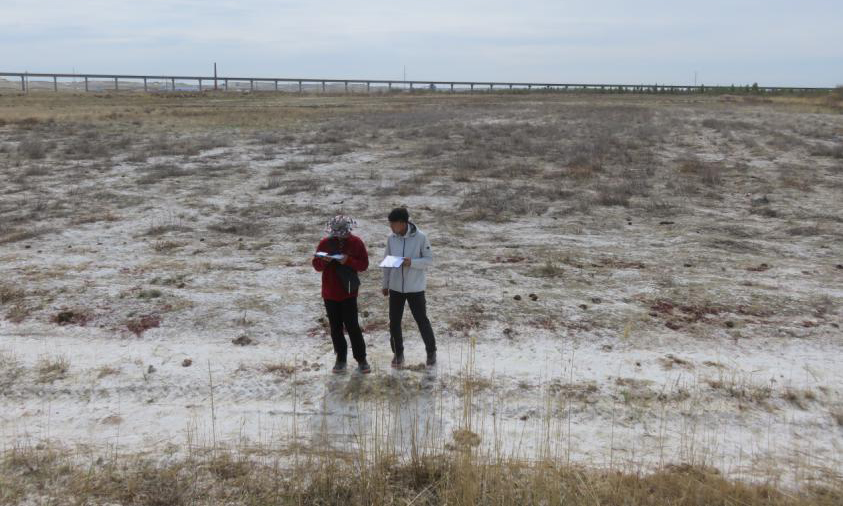
Experts investigate salt desertification in the Ulungur River Basin.
The geological environment around Altay City in Xinjiang worsened quickly alongside acute desertification. In September 2019, China Geo-engineering Corporation carried out geological environment ecological restoration and management projects around Altay according to local conditions. They moved 70,000 cubic meters of waste rock to pave the ground of 60,000 square meters, planted grass to recover the vegetation of the 5.84 hectares of land, and used waste rock to build multiple landscape attractions, enriching local tourism resources while achieving the goals of sand fixation.
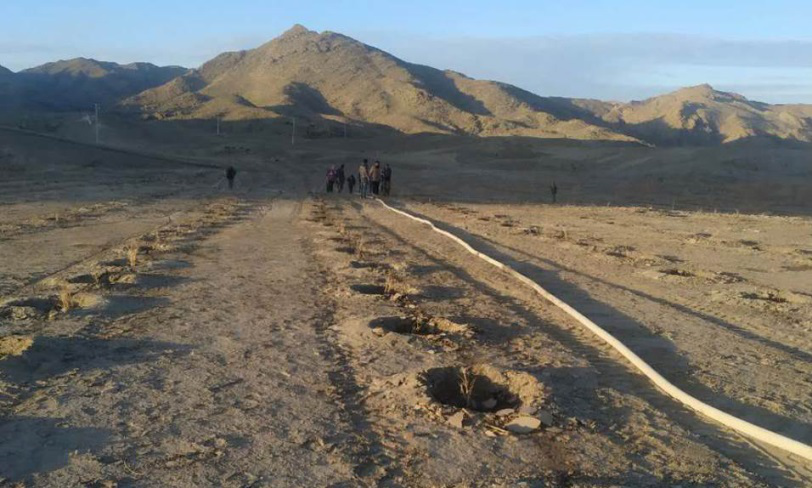
The scene before the geological and ecological restoration and management project was carried out in Altay.
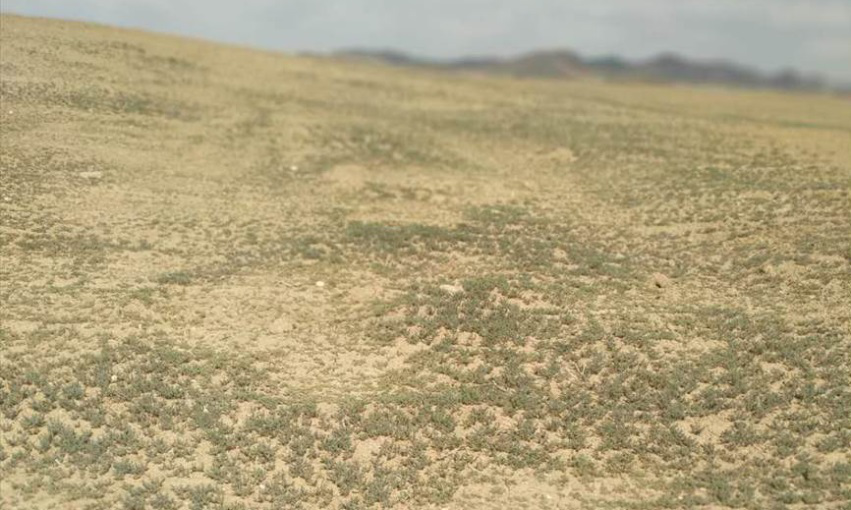
The scene after the geological and ecological restoration and management project in Altay.
In the future, CECEP will further promote the comprehensive management, systematic management, and source management of mountains, rivers, forests, fields, lakes, grass and sand. The company will follow the principles of “specific policies for specific cities and areas” to explore the approaches of environmental recovery. It will focus on the ecological system’s functions to comprehensively facilitate China’s high-quality ecological progress.

